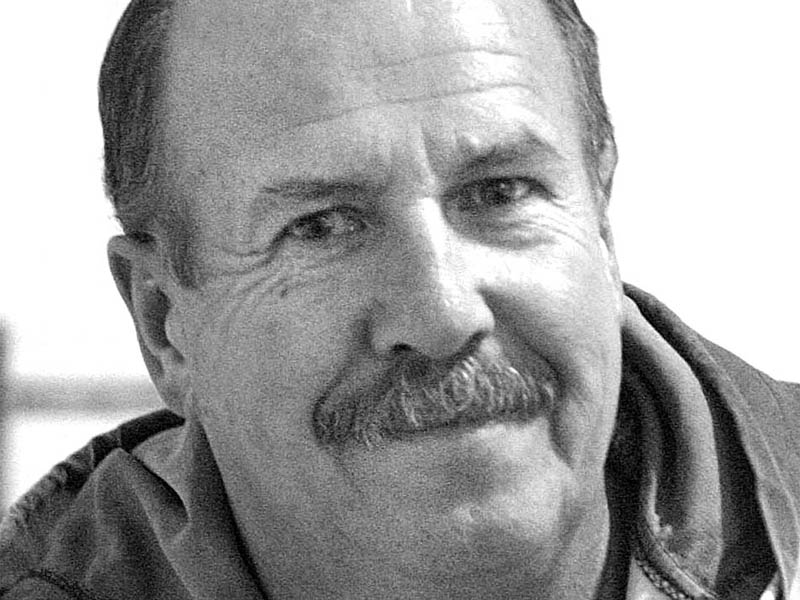Columnists
Bronko Nagurski Part 1

In the early days of the twentieth century, the eastern ports of Canada and the United States were inundated with immigrants from Eastern Europe. They were often fleeing the turmoil of revolution—Russians, Poles, Ukrainians. They were young men and women, some not yet in their teens, hoping to find a better life after arriving on the shores of North America.
Many headed west, encouraged by civic officials to help populate the lands west of the Mississippi. Others headed north to the forests on both sides of the Canadian- American border. That was the beginning of the Nagurski story in North America.
Bronislaw Nagurski was born in Rainy River, Ontario, on November 3, 1908. When he was four, his family moved to International Falls, Minnesota, a five minute walk across the Rainy River from Fort Frances, Ontario. His mother spoke English with a thick Ukranian accent, and the first grade teacher could not understand her pronunciation of her son’s name. From that moment on, he was known as “Bronko.”
Nagurski attended the University of Minnesota, and starred for the Gophers. Needless to say, he was a versatile football player. He played several positions: tackle, fullback, defensive end, linebacker, offensive end, and even quarterback. He earned All-American status at fullback and tackle in his senior year in 1929, the only player in college history to be so named in one season.
At that time, Nagurski was considered to be a giant, standing at six feet two inches, weighing more than 230 pounds. He ran the “one hundred yard dash” in 10.3 seconds, and was known for incredible feats of strength.
Chicago Bears’ Coach George Halas saw Nagurski play in his final college season with the Gophers. He signed him to play for $ 5,000, a considerable sum at the height of the Depression.
Bronko led the Bears to three National Football League championships as a fullback. Halas recalled a game against Washington, when the Bears shared Wrigley Field with the Cubs. “Nagurski barrelled in the middle of the field, and sent two linebackers flying in different directions. He then ran through the end zone, and bounced off the goal post, finally bulldozing into the brick wall that bordered the dugout used by the Cubs. The wall cracked.”
After the play, the dazed Nagurski was asked about the run. “That last guy hit me awfully hard,” he told his teammates on the sideline.
“Nagurski relied on his strength, rather than special technique to get the job done. When he ran, he tucked the ball under his arm, lowered his giant shoulders, and charged full speed ahead—ramming through and over people.” The quote comes from a handout at the Bronko Nagurski Museum in International Falls, Minnesota.
Nagurski was a charter member of the National Football League Hall of Fame, which is located in Canton, Ohio.
G. A. Richards, the owner of the Detroit Lions at the time when Nagurski was at the peak of his career, told the fullback: “Here’s a cheque for $10,000. It’s not to play for the Lions, but just to quit and get the hell out of the league. You’re ruining my team!”
Hall of Famer Red Grange, beloved coach and football historian, also played in the Bears’ backfield with Nagurski. “I have said it a thousand times. Bronko Nagurski was the greatest player I ever saw, and I saw a lot of them in my lifetime. Running into him was like getting an electric shock. If you tried to tackle him anywhere above the ankles, you were liable to get killed.”
Knute Rockne, the legendary football coach, once said, “Nagurski is the only football player I ever saw who could have played every position.”

Comments (0)